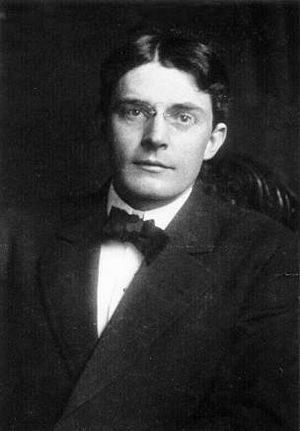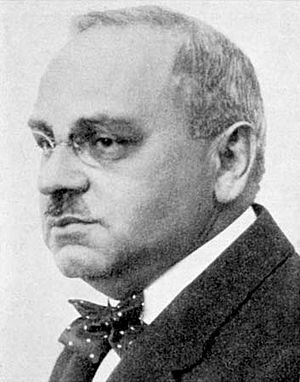Cognitive-behavioral therapy facts for kids
Cognitive Behavioral Therapy (CBT) is a special type of talk therapy. It helps people understand and change thoughts, feelings, and actions that cause them problems. Psychologists work with patients to try out new ways of dealing with situations. They also help patients notice and then challenge unhelpful ways of thinking, feeling, or behaving.

CBT includes many different therapy approaches. These approaches focus on how we think, what we believe, and how we react to things. They combine ideas from cognitive therapy (which focuses on thoughts) and behavior therapy (which focuses on actions). The main goal is to change emotions and behaviors that are causing difficulties.

CBT can help with many different challenges. These include:
- Mood challenges, like feeling very sad for a long time (depression).
- Certain personality challenges.
- Stress after a difficult event (post-traumatic stress disorder).
- Eating challenges.
- Obsessive-compulsive disorder (OCD).
- Strong fears (phobias).
CBT can happen in different ways. It can be one-on-one with a therapist. It can also be in a group with other people. Sometimes, it can even be done online.
Contents
How CBT Works
CBT helps you learn how your thoughts, feelings, and actions are connected. For example, if you think, "I'm bad at everything," you might feel sad and then avoid trying new things. CBT helps you notice these patterns.
Thoughts, Feelings, Actions
CBT teaches that our thoughts, feelings, and actions all influence each other.
- Thoughts: These are the things we say to ourselves in our minds. They can be positive, negative, or neutral.
- Feelings: These are our emotions, like happiness, sadness, anger, or fear.
- Actions: These are the things we do, or don't do.
If you change one of these, it can affect the others. For example, changing a negative thought can lead to a better feeling and a more helpful action.
Challenging Unhelpful Thoughts
A big part of CBT is learning to identify and challenge unhelpful thoughts. These are often called "thinking traps" or "cognitive distortions."
- For example, if you make a small mistake, you might think, "I always mess up everything!"
- CBT helps you question this thought. Is it really true? Did you always mess up everything, or just this one thing?
- You learn to replace unhelpful thoughts with more balanced and realistic ones.
Changing Behaviors
CBT also helps you change behaviors that cause problems.
- If you avoid something because you're scared, CBT might help you slowly face that fear.
- This could involve taking small steps. For example, if you're afraid of public speaking, you might start by speaking to one friend. Then, you might speak to a small group.
- This helps you gain confidence and learn that your fears might not be as big as you thought.
Who Can Benefit from CBT?
Many young people can benefit from CBT. It's a very practical therapy. It focuses on solving current problems. It teaches skills that you can use in your daily life.
Learning New Skills
CBT is often seen as a skill-building therapy. You learn tools and techniques to manage your thoughts and feelings. These skills can help you now and in the future.
- Problem-solving skills: Learning how to break down problems and find solutions.
- Coping skills: Healthy ways to deal with stress or difficult emotions.
- Communication skills: How to express yourself clearly and effectively.
History of CBT
CBT has roots in two main types of therapy:
- Behavior Therapy: This started with scientists like John B. Watson. It focused on how behaviors are learned and how they can be changed.
- Cognitive Therapy: This was developed by Dr. Aaron T. Beck in the 1960s. He noticed that people with depression often had very negative thought patterns. He created ways to help them change these thoughts.
Over time, these two approaches were combined. This led to what we now call Cognitive Behavioral Therapy. It uses the best ideas from both to help people feel better.
See also
 In Spanish: Terapias cognitivo-conductuales para niños
In Spanish: Terapias cognitivo-conductuales para niños

